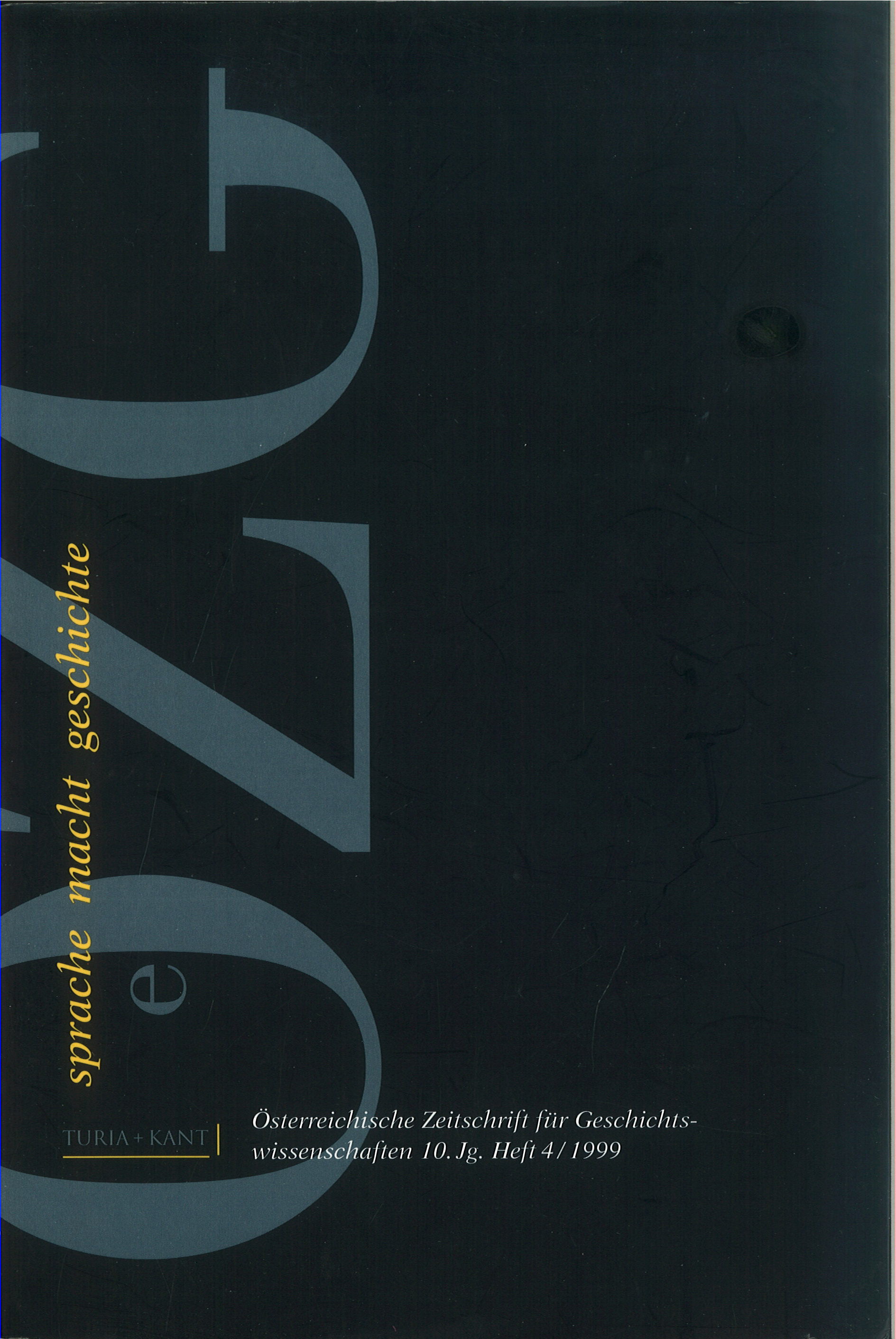Zerstört und vergessen: Die Biologische Versuchsanstalt und ihre Wissenschaftler/innen
DOI:
https://doi.org/10.25365/oezg-1999-10-4-7Abstract
This article recounts for the first time the story of a scientific institute and its researchers, pioneering experimental biology in Vienna, following concepts in morphology formulated by Roux and Davenport. Founded in 1902 as a private research institute by a triumvirate of wealthy members of the Viennese bourgeoisie of Jewish descent, the Biologische Versuchsanstalt, better known as the Vivarium, executed a then novel interdisciplinary research program interconnecting biology, zoology, botany, physiology and physical chemistry. While presenting the biographies of the scientists, the author retraces a broad family based network of the cultural elite of Fin-de-Siecle Vienna. Reaching far beyond the boundaries of natural sciences he underlines the importance of this network for a better understanding of the socio-cultural and scientific setting in Vienna at the turn of the century. Apart from providing a first insight into the scientific achievements of the Vivarium and its leading members such as Przibram, Portheim, Figdor, Kammerer, the elder Pauli and Steinach, the author regards this institute as a significant example for a scientific institution destroyed by the Nazis in 1938 and consequently deleted from the collective memory of the scientific community. With his article the author hopes to stimulate further work on the institute.


